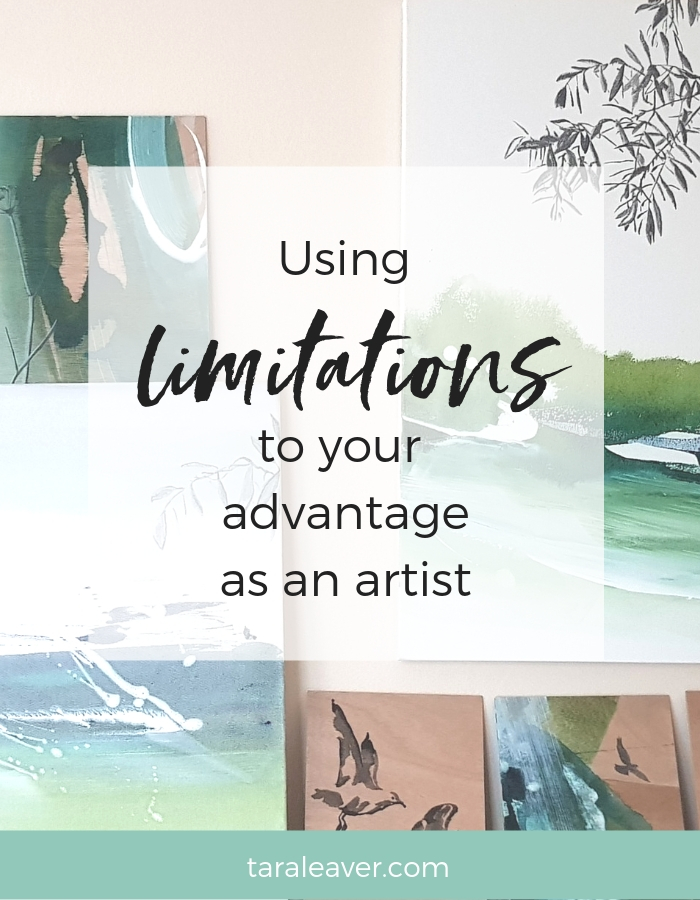
“My freedom will be so much the greater and more meaningful, the more narrowly I limit my field of action and the more I surround myself with obstacles.”
Richard Diebenkorn
Have you ever played Boggle?
It’s a word game composed of loose letter blocks in a box with a plastic grid in the bottom. You shake up the letters in the box, and when they fall back into place in the grid you take the lid off, set a timer, and the person who can find the most words in the arrangement of letters during the set time, wins.
I’ve always been obsessed with words and wordplay, and was reminiscing the other day about how much I used to love playing it, when it occurred to me that Boggle has something rather comforting to teach us about making art too.
The combination of materials + ideas + artist – with their unique history, experiences, beliefs, passions, skills, and way of seeing the world – can be ‘shaken up’ in any number of ways, with any number of possible ‘right’ outcomes.
I think this is especially true of abstract painting, because the end is not defined before you start and it is so deeply personal.
In fact arguably the best way to approach abstract painting is moment to moment, step by step, never knowing what’s beyond the mark you’re making right now.
It’s a constant leap of faith.
But like with Boggle, there are lots of ways to find a ‘right’ answer, where ‘right’ is a painting that works. There’s power and freedom in that.
A blank canvas might seem intimidating, but your unique use of materials, time, and ‘you-ness’ will combine to resolve it.
What’s more, every painting will have any number of ‘answers that work’, layer by layer as the painting evolves, and you can decide which you will keep.
It also means that when you call a painting done, there are infinite other possibilities where that would also have been true.
You could have stopped three layers ago at that point you really loved it and it would have been complete because you decided it was. Add another stroke next year and it would be a new kind of complete.
Neither is right or wrong, although it can take time to gain the skills and the confidence to stand by your conviction.
If you’re thinking ‘infinite possibilities’ sounds too overwhelming to be a benefit, read on!
The issue for many of us is the unboundaried freedom making art seems to offer.
While the idea of that is romantic and exciting, put many artists in front of a blank canvas – or worse, tell them to ‘just play‘ – and everything just shuts down.
If I could do ‘anything’, how am I supposed to decide?!
There are too many possible routes in front of us, and as is often said in the marketing world, a confused mind always says no.
So part of our work as artists is to create our own boundaries and limitations. And while this sounds the exact opposite of creative and exciting, I believe it’s where our power lies.
In part, our boundaries are going to come from those qualities that make up who we are as unique individuals, the things we love, beliefs and so on.
Which is great because we don’t have to choose those – they’re built in!
{Which is not to say they won’t change or evolve over time, but we can start where we are right now.}
For example, I’ve never had much skill or talent when it comes to portraiture. If I worked really hard on a portrait I could probably create something passable, but there wouldn’t be any joy or interest in that for me.
It’s not that I’m lazy {or even a perfectionist, quite honestly!} – I will put huge amounts of energy and effort into things I truly want to learn – it’s that portraiture is not where it’s at for me as an artist.
I’m much more interested in pulling something out from within in a more abstract way.
So in that sense I have a built in boundary, that helps direct me towards the kind of art I most want to make.
I know that when I next stand in front of a blank canvas, a realistic portrait is not on the table; at the most basic level I can rule out many things this way.
I can apply this perspective to the other aspects of my work too, for example;
- After a lot of interior exploration and experimentation, I uncovered a theme or ‘message’ {one limitation} that applies to my current work, which is about dropping from the endless chatter of the mind into the immediate, here-and-now visceral experience of the body, specifically in water. This links back to my history of mental health issues, and while it evolved through persistent exploring and wasn’t contrived, I’ve found that everything connects in the end, if we follow our own most meaningful ideas.
- That theme has in part dictated my colour palette {another limitation}. I could have chosen any colours of course, but staying close to the aquatic palette that surrounds me when swimming outdoors in nature feels most right to me.
- Another built in boundary is my current skill level. There are certain things I can do ‘well’, or find easier naturally, and some that I’ve developed over time so that I have some confidence and proficiency with them, like the particular way I compose a painting, or draw with a brush. The beauty of this is that this will always be growing; whatever your current skill level, there’s always the possibility of increasing it, and while that can be frustrating at times, it’s true of every artist at every stage of their career.
These are just a few examples; there are of course many more, and yours will have your own variations and flavours.
To go back to the Boggle analogy, we all have certain ‘letters’ available to us at any given time {those skills, interests, leanings and so on}, and we can shake them all up in any number of ways to create the work that feels most meaningful to us.
Many artists will shake their ‘letters’ up repeatedly throughout their lives and careers. Some find a configuration that works and stick with it. Some mix and match across disciplines.
There are benefits and limitations to both – there’s no right or wrong here, although there are aspects to consider depending on what you want for and from your art.
For example, someone wanting to work with galleries will need to find a consistent thread and process because of the built in limitations there of expectation, deadlines, and supply and demand.
Someone simply wanting to use their hands to make will have more freedom around consistency but will still have boundaries created by current skill level, colour preferences, the style{s} of art they most feel drawn to, and so on.
My point is, there’s an inevitability to the kind of art you make.
It’s easy to get hung up on working out what our unique style is as an artist, and while that’s absolutely a path worth exploring, it’s also one you won’t actually be able to help walking as you keep exploring art making.
We have both infinite freedom and built in limitations, as well as the choices we make in amongst those.
There is both the delicious and essential unknown of shaking up the letters, and the power of choosing what colours and what tools we use, what we want to say, or which skills and interests we want to develop.
We all know boundaries are helpful, in art and in life, even if we find them hard to put in place or maintain, or resist having to do so. But when we see them as something both built in and something that we can choose {and un-choose}, now we have agency, and can direct our work in the way that feels most true to us.
I hope this is helpful if you’ve been struggling with boundaries and limitations in some aspect of your art! Let me know in the comments what kinds you experience, and what you’ve found to be helpful. A rising tide and all that. ????
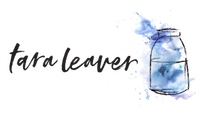
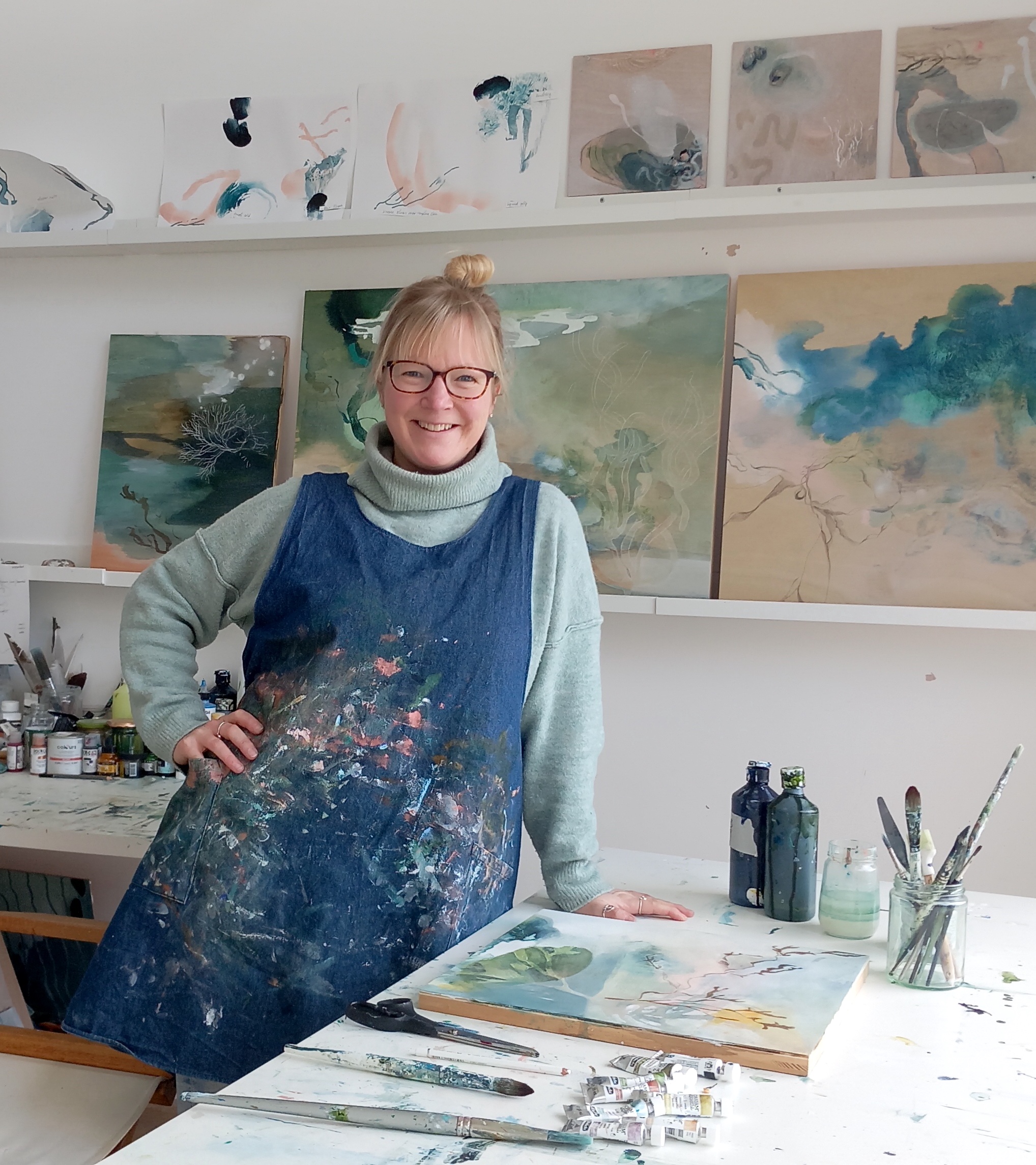
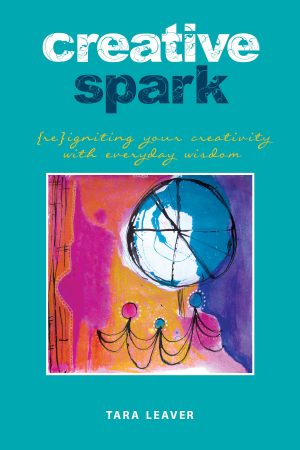
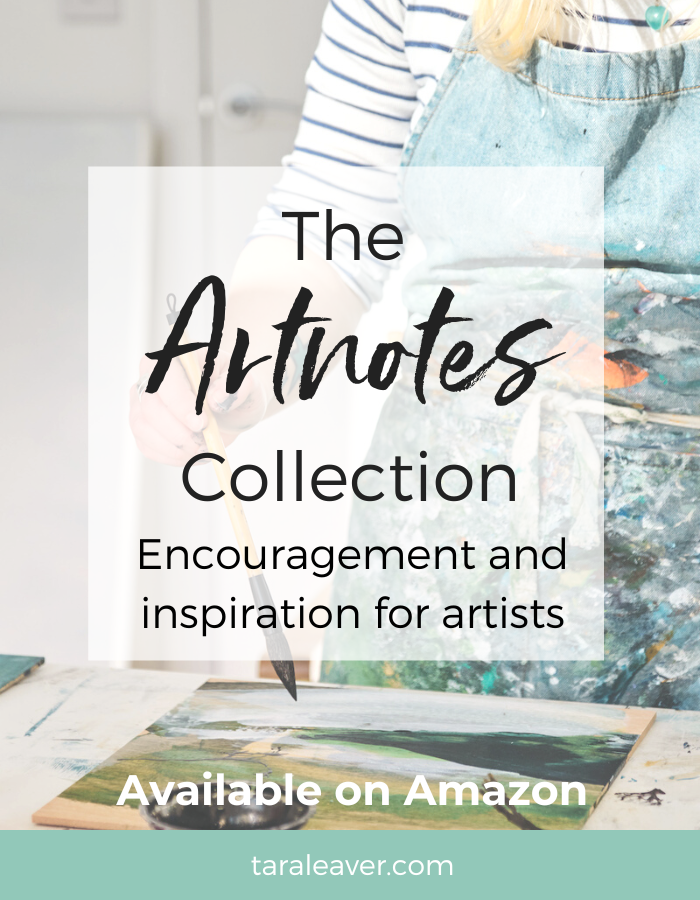
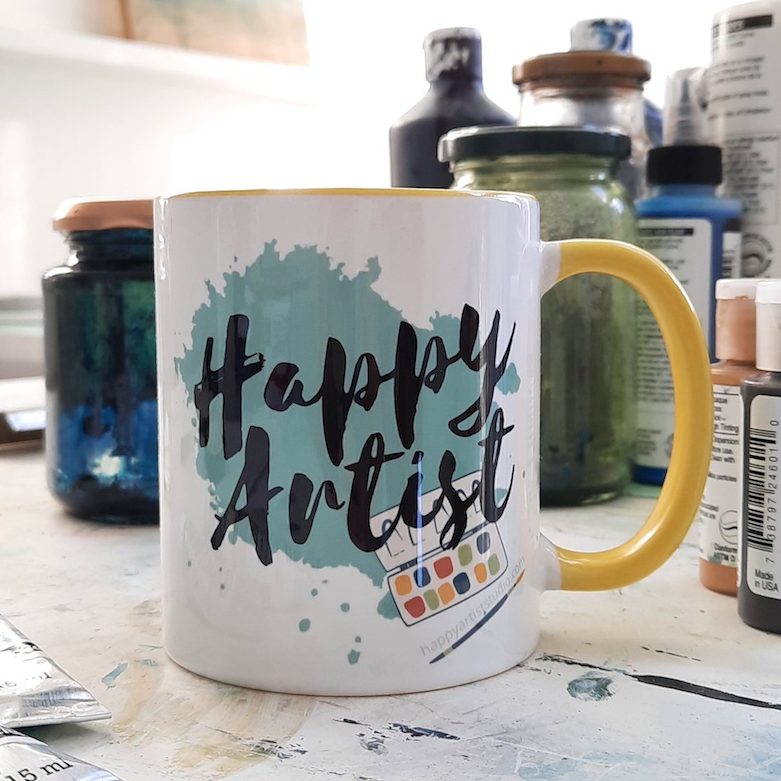
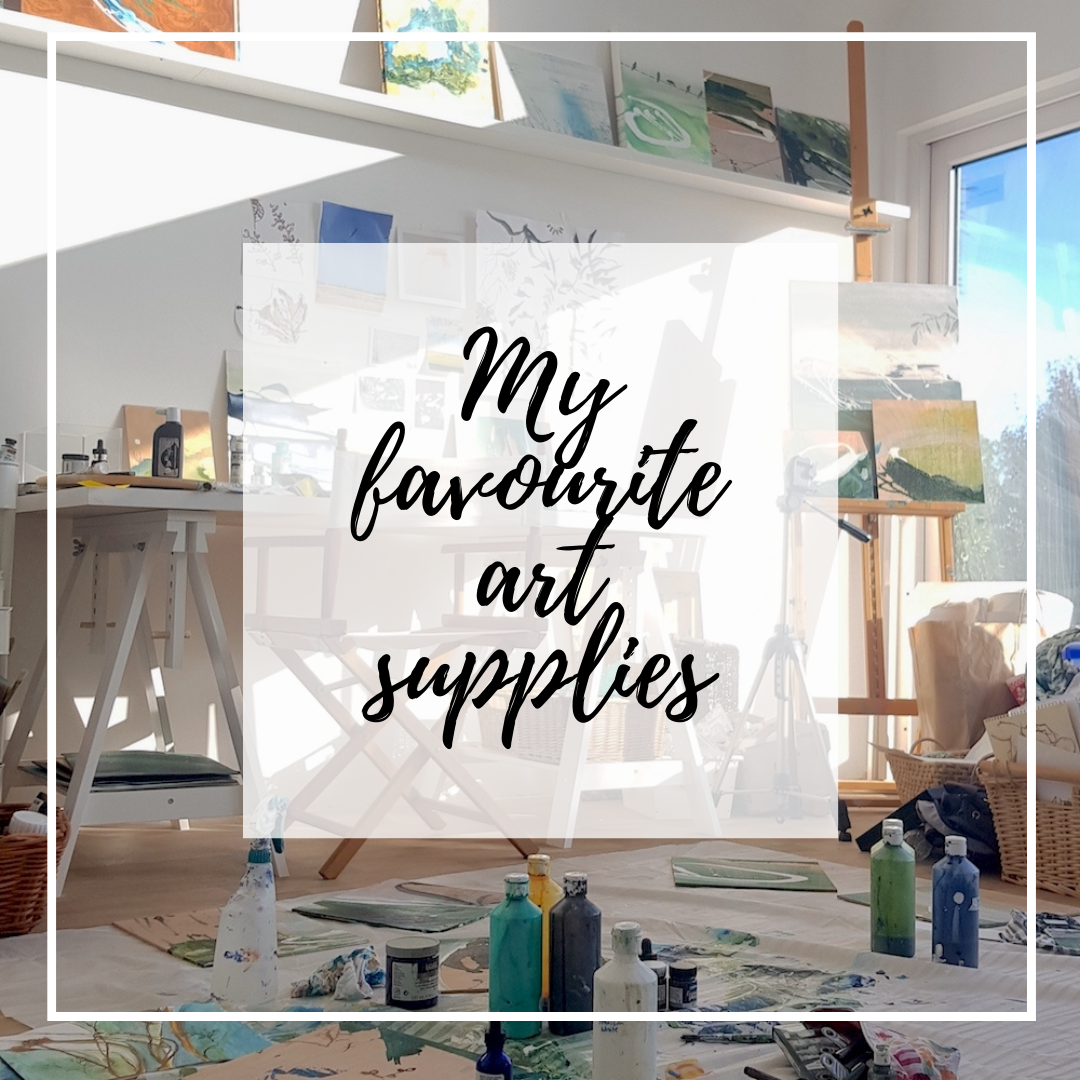
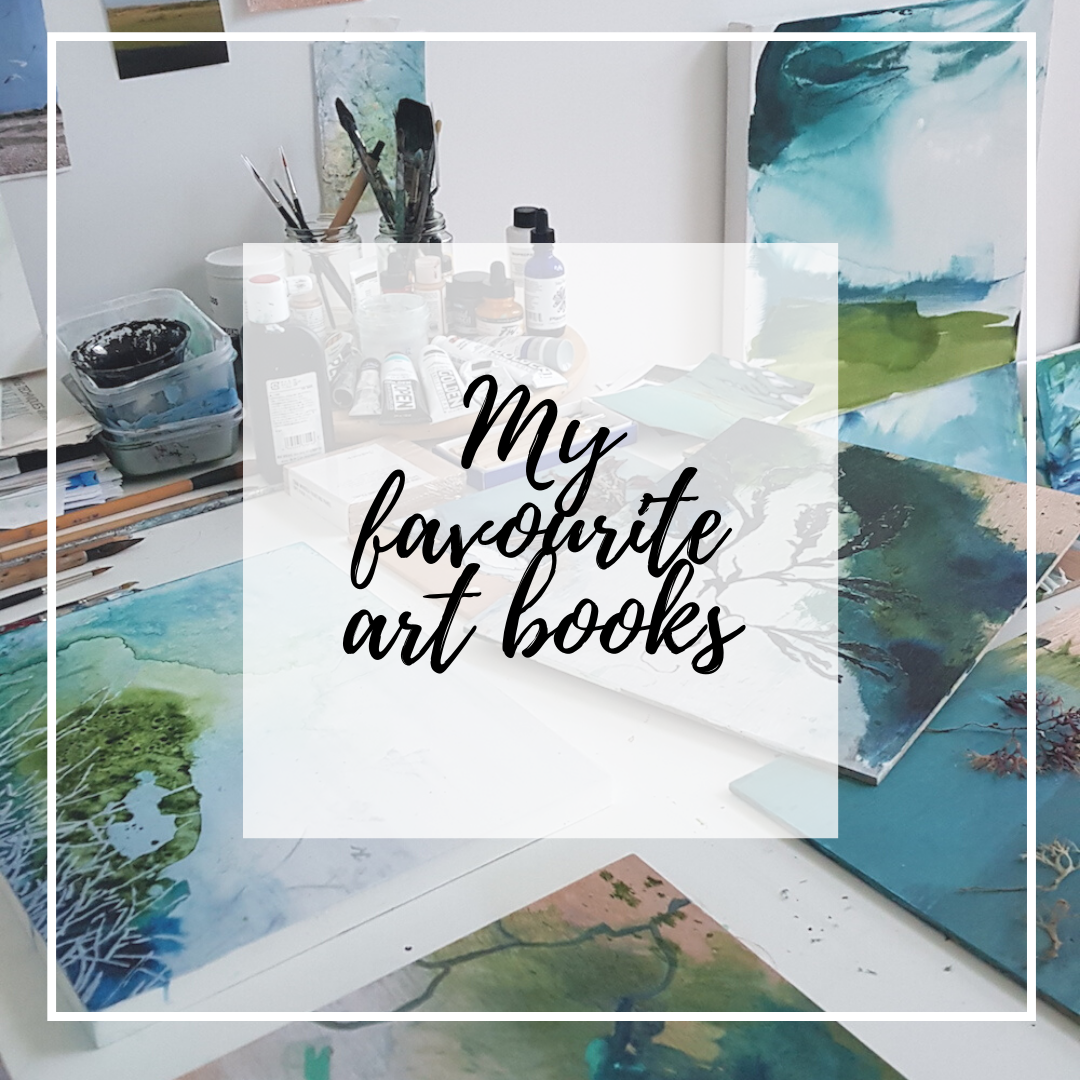
I’m in a puddle. I feel seen. it has been a week of doubt and insecurity and simply … not knowing. and shaming myself for what I don’t know.
Your words help so much.
One of my limitations is that I don’t draw well, I am much more interested in discovering the spirit of a tree than rendering it accurately. and I have attached some shame to that … shame that I won’t commit to learning how. But I commit to lots of other things that captivate me. It’s not the commitment that is the issue it is following what absolutely delights me. this is my limitation. and that’s ok. Thank you for the permission.
and this …”t’s easy to get hung up on working out what our unique style is as an artist, and while that’s absolutely a path worth exploring, it’s also one you won’t actually be able to help walking as you keep exploring art making.” … i’ve been lamenting what is my voice, what is my voice, what is my voice … not understanding that I can’t know my voice before i start and that the work is actually needed to discover my voice. and I don’t have to strive for it …. it will bubble up before me.
thank you, thank you. I am renewed.
Ah Cynthia, that is so wonderful to hear that it landed in such a helpful way for you! If it’s helped you dissolve some of that awful shame I’m really glad. There’s nothing to say we can’t be committed to variety just as much as we could choose to commit to a single thing! And our voice will come through just the same. 🙂
Hi Tara. Your writing ✍️ has relaxed, inspired, and motivated me. I had been searching for my style, and I realized that it had already presented itself to me. You have made me feel comfortable, secure, and confident about that. Also, after reading this article, I feel free to run with my beliefs, history, and limitations , and to maintain a commonality in my art while exploring what I ❤️ love. I am following you now because of your beautiful writing ✍️. Your ability to show your true self warms my heart ❤️. Thank you 🙏. Lisa Brown.
That’s lovely to know it helped Lisa! I do think it’s a little discussed ‘secret’ that it’s all there already – we’re just not always taught how to see it.😊